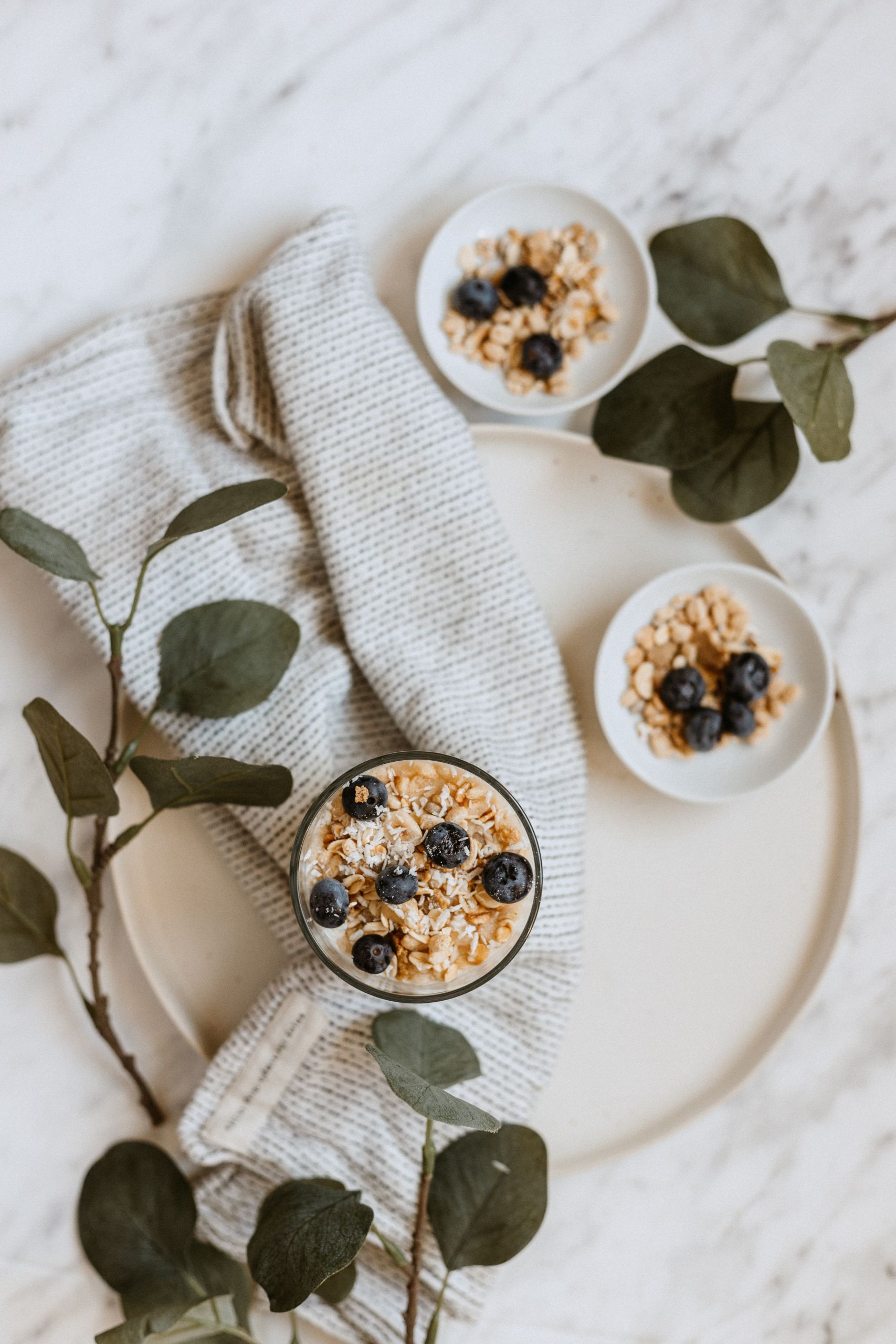Unveiling the True Triggers of Seasonal Sickness
As the seasons change, so does our susceptibility to various illnesses. The common cold, flu, and other seasonal sicknesses seem to make their rounds with unwavering regularity. In this exploration, we delve into the intricacies of seasonal sickness, aiming to unveil the true triggers that lurk behind these health challenges. To comprehend the triggers of seasonal sickness, it’s crucial first to understand the dynamics of seasonal shifts. Changes in temperature, humidity, and daylight hours create an environment conducive to the survival and spread of pathogens. Respiratory viruses, for example, thrive in cooler temperatures, making fall and winter particularly fertile grounds for their propagation.
One of the primary culprits behind seasonal sickness is viral infections. Influenza, rhinoviruses (causing the common cold), and other respiratory viruses are more prevalent during certain times of the year.
These microscopic invaders exploit weakened immune systems, spreading easily from person to person in crowded spaces.
…o comprehend the triggers of seasonal sickness, it’s crucial to first understand the dynamics of seasonal shifts
The Impact of Environmental Factors: Beyond viruses, environmental factors play a pivotal role in seasonal sickness. Indoor heating during colder months can lead to dry air, irritating the respiratory system and making individuals more susceptible to infections. Additionally, increased time spent indoors near others enhances the transmission of airborne illnesses.
Immune System Vulnerability: The human immune system is not impervious to seasonal variations. The body’s defense mechanisms can be compromised during colder months, making individuals more susceptible to infections. Factors such as vitamin D deficiency due to reduced sunlight exposure can further weaken the immune response, opening the door to seasonal sickness.
Stress and Seasonal Vulnerability: Stress is a silent but significant contributor to seasonal sickness. The body’s stress response can suppress the immune system, making individuals more susceptible to infections. The holiday season, often coinciding with the peak of sick season, brings its own set of stressors – financial pressures, family obligations, and hectic schedules – all of which can impact overall health.
Dietary Choices and Seasonal Health:
Nutrition plays a crucial role in maintaining a robust immune system. During the sick season, dietary choices can either bolster or undermine our body’s defenses. A diet rich in vitamins, minerals, and antioxidants provides the necessary nutrients to support immune function. Conversely, poor dietary choices can contribute to nutrient deficiencies, compromising the body’s ability to fend off infections.
The Hygiene Hypothesis
Contrary to the common belief that cleanliness is paramount for health, the hygiene hypothesis suggests that reduced exposure to germs and microbes in early childhood may lead to a higher susceptibility to illnesses later in life. Overly sanitized environments may hinder the development of a robust immune system, making individuals more prone to seasonal sickness.
Preventive Measures and Vaccination:
While understanding the triggers of seasonal sickness is crucial, taking proactive measures to prevent infections is equally important. Vaccination against influenza, for example, can significantly reduce the risk of falling ill during the flu season. Adopting good hygiene practices, such as regular hand washing and proper respiratory etiquette, further contributes to a collective defense against seasonal sickness.
Holistic Approaches to Seasonal Wellness:
Beyond vaccinations and hygiene practices, holistic approaches to seasonal wellness encompass lifestyle choices that support overall health. Adequate sleep, regular exercise, and effective stress management techniques strengthen the immune system, reducing the likelihood of seasonal illnesses. Embracing a wellness-focused lifestyle year-round provides a solid foundation for navigating the challenges of sick seasons.
Conclusion
In the labyrinth of seasonal sickness, the true triggers are multifaceted and interconnected. Viruses, environmental factors, immune system vulnerabilities, stress, dietary choices, and hygiene practices all contribute to the complex tapestry of seasonal health challenges. By unveiling these triggers, we gain insight into how to navigate the seasons with resilience and fortitude. As we continue to unravel the mysteries of seasonal sickness, adopting a holistic approach to wellness remains our most potent weapon against the invisible foes that emerge with each change of season.
Also Read:





